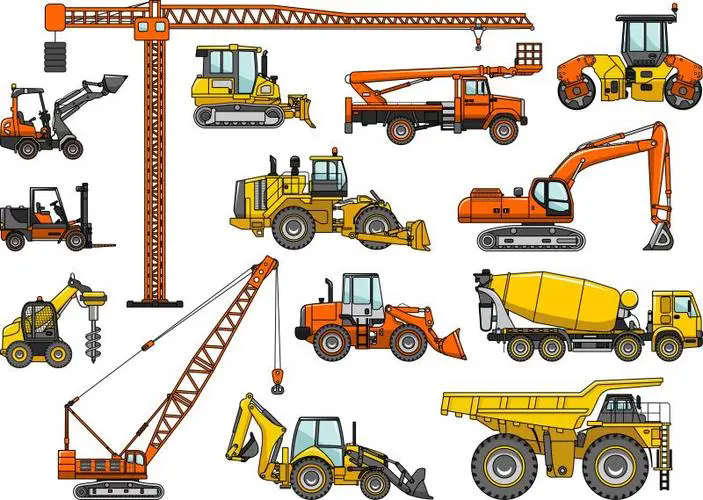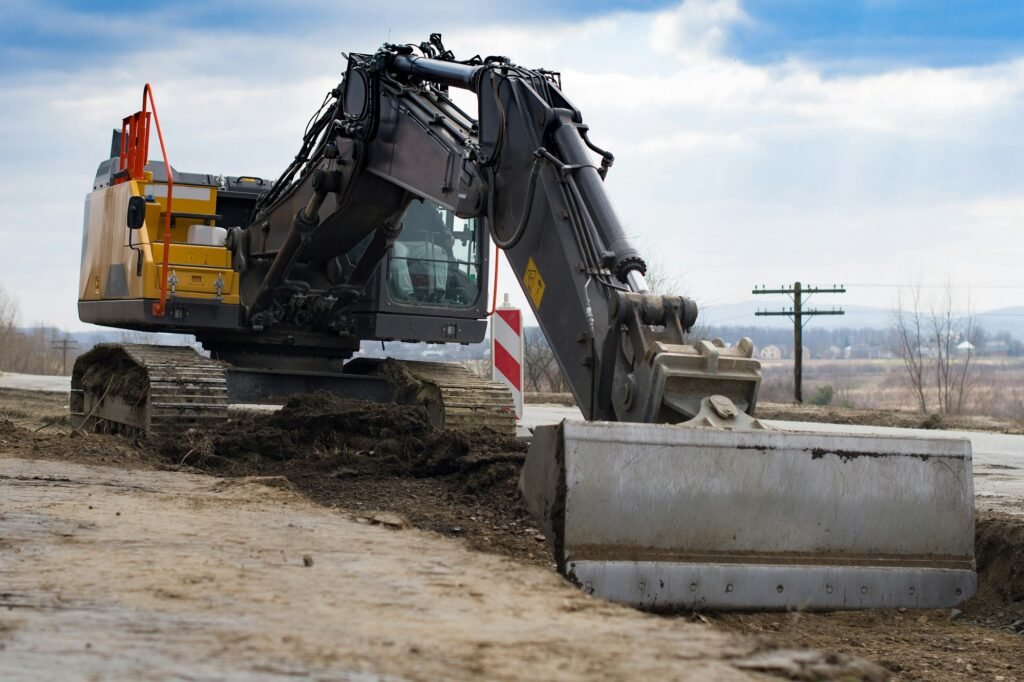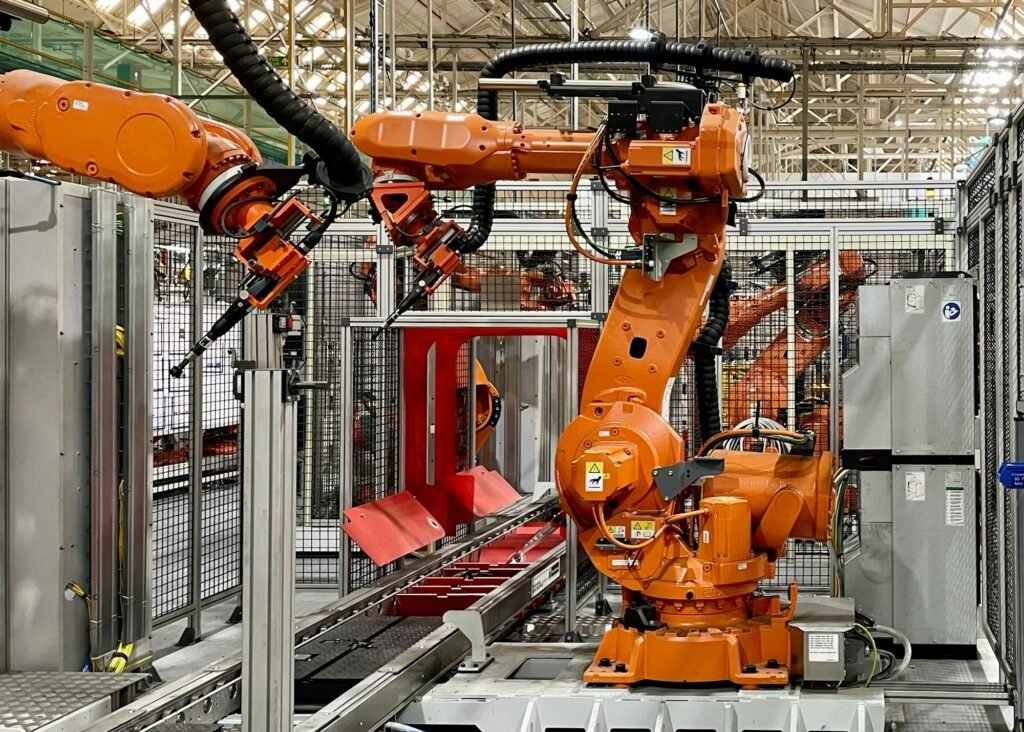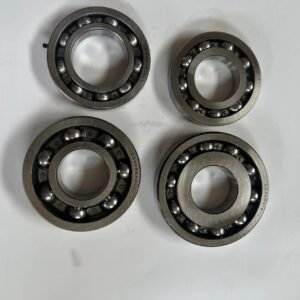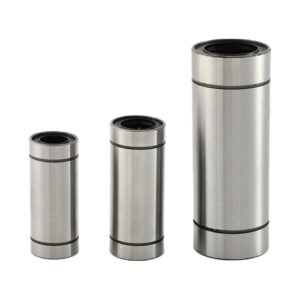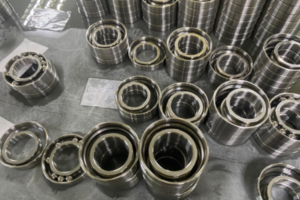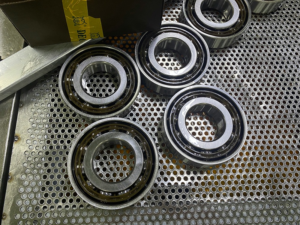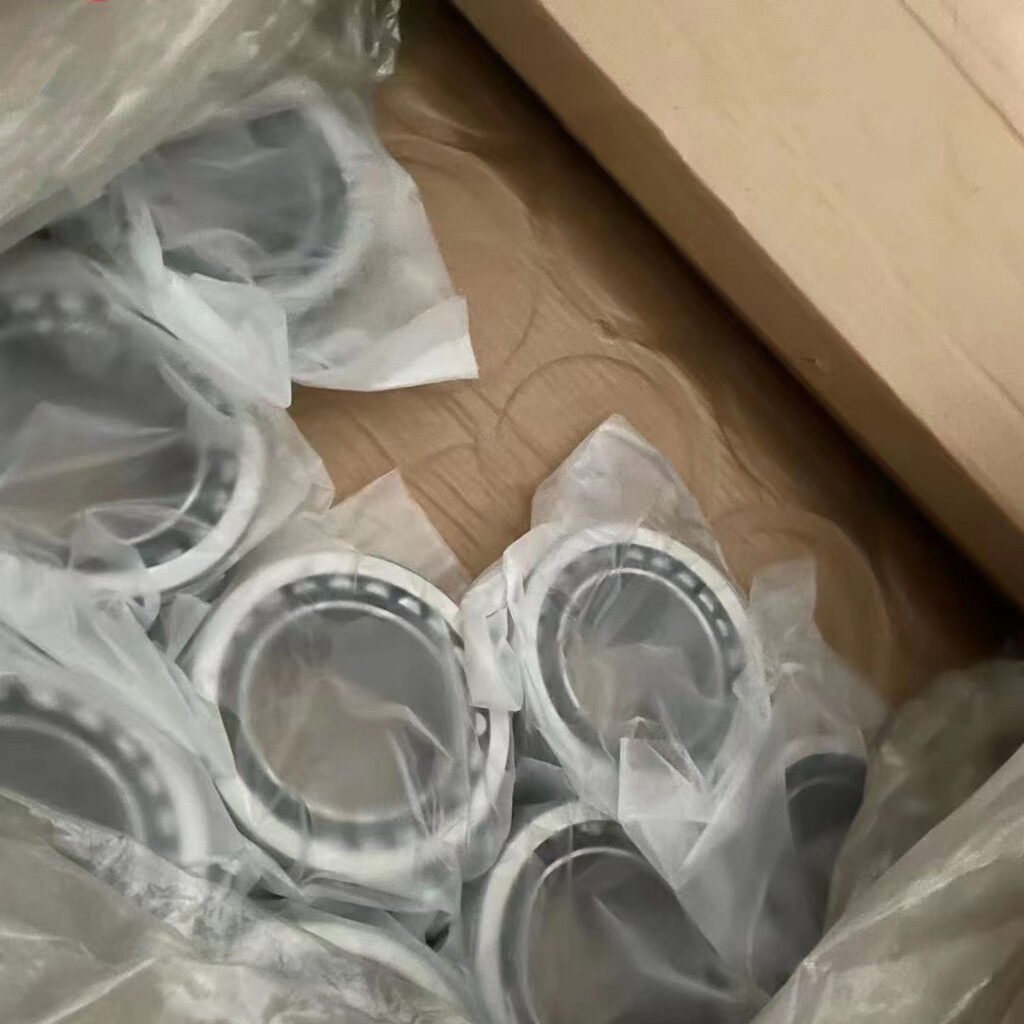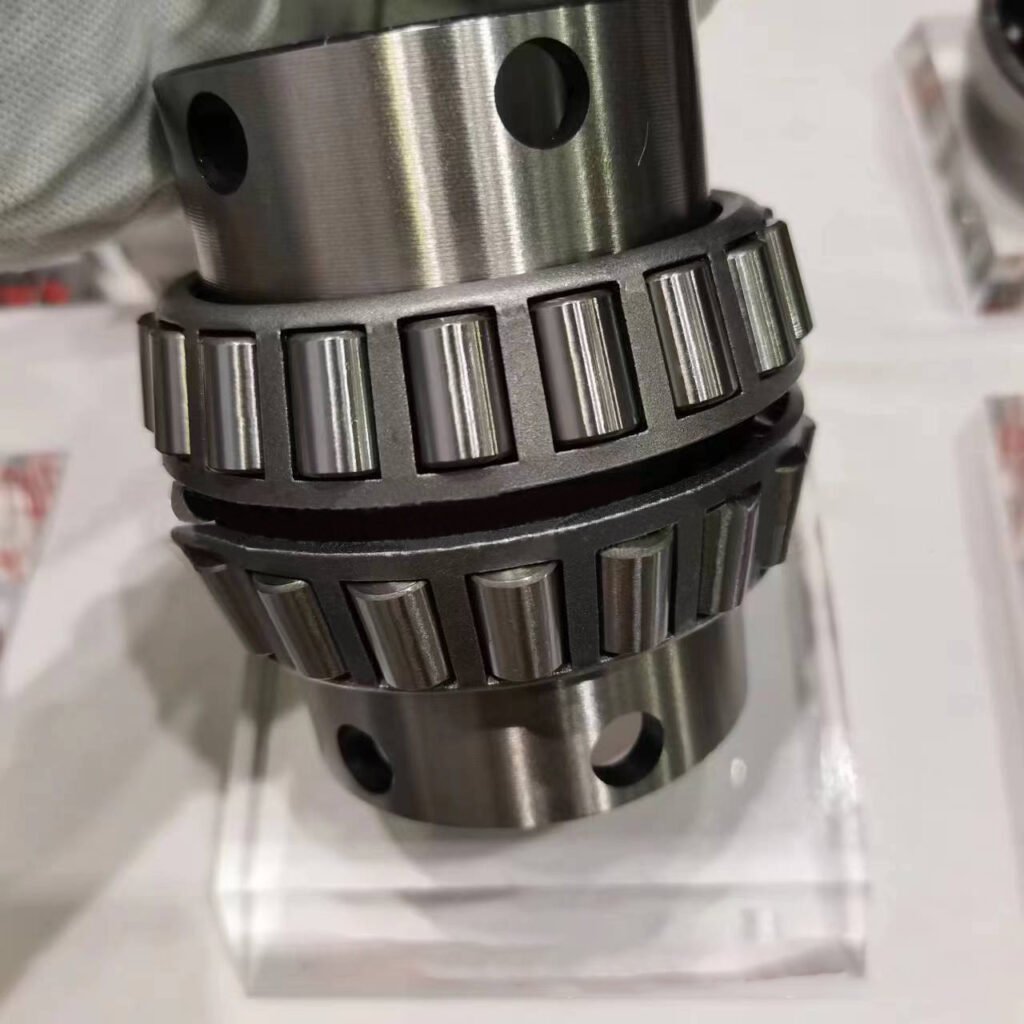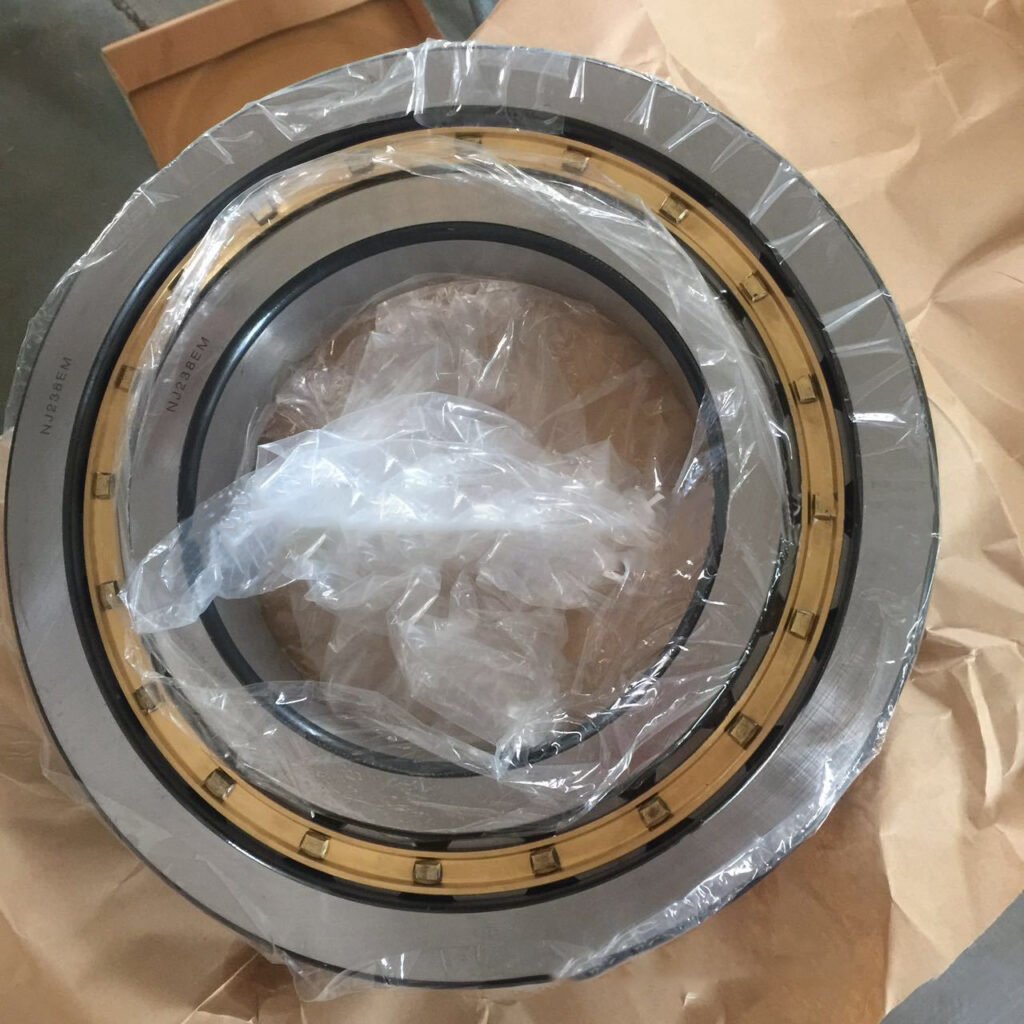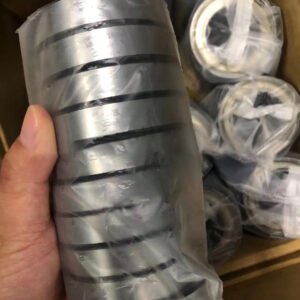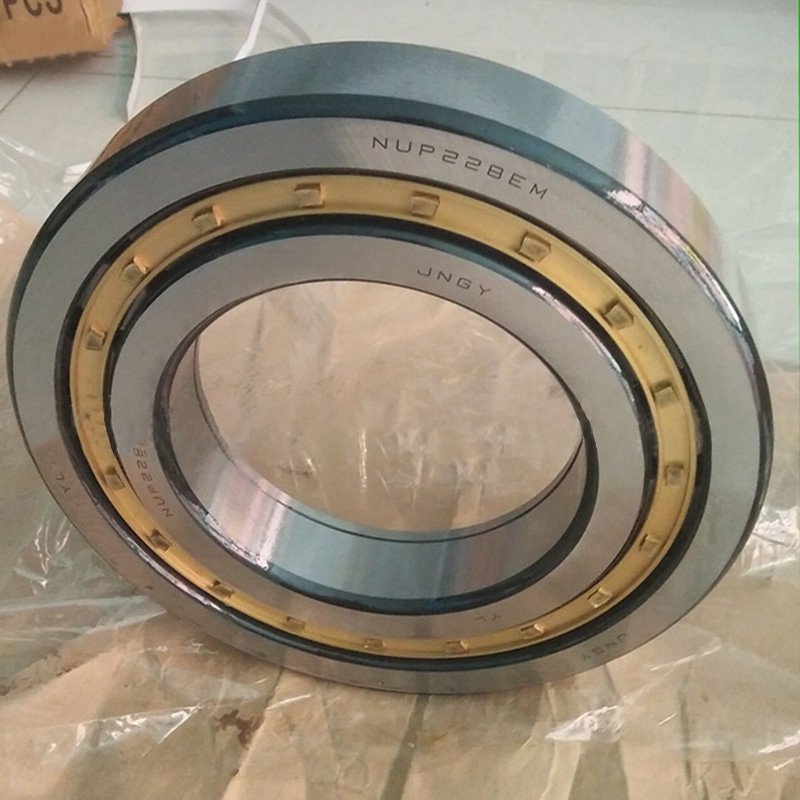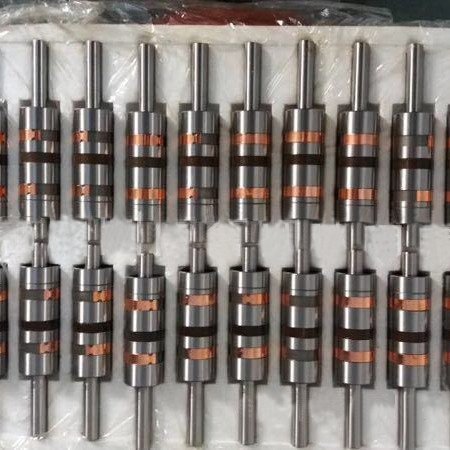The development of humanoid robots has revolutionized industries by enabling robots to mimic human-like movements and perform complex tasks with precision. At the heart of these fluid and efficient movements are bearings, which are essential components in every joint and actuator. Selecting the right bearings is not just about functionality; it directly impacts the robot’s performance, durability, and adaptability to different environments.
This article explores the key factors to consider when selecting bearings for Robot bearings, offering insights into how to match bearing types with the specific demands of each joint. From load capacity and space constraints to environmental conditions and precision requirements, each factor plays a vital role in ensuring the robot’s operational success.

1. Load Capacity
– Why It Matters: Different joints in a humanoid robot experience varying degrees of force and load, depending on the size and weight of the robot and the task it is performing. Joints like the hips and knees, which bear the weight of the robot’s body, require bearings with high load capacities.
– How to Choose: Bearings with a higher load rating or cylindrical roller bearings should be selected for joints subjected to high axial and radial loads. Angular contact bearings are ideal for joints like the elbows and shoulders where both radial and axial loads are present, but with less intensity than in the hips.
2. Space Constraints
– Why It Matters: In humanoid robots, space is often limited, especially in smaller joints like fingers, wrists, or ankles, where precision is key but size must be minimized.
– How to Choose: For tight spaces, miniature bearings or needle bearings are preferred. Needle bearings provide a high load capacity while taking up minimal space, making them perfect for areas where space is at a premium, such as the fingers.
3. Friction and Wear Resistance
– Why It Matters: Bearings in humanoid robots undergo repeated movements, so reducing friction and enhancing wear resistance is critical to extend the life of the robot and prevent costly maintenance.
– How to Choose: Bearings made from ceramic materials or special coatings can be selected for high-speed or heavy-duty applications. Magnetic bearings or flexure bearings can also be used in places where minimizing friction is essential (e.g., sensors or delicate finger joints).
4. Precision and Stability
– Why It Matters: For precise and controlled movements, such as when the robot performs fine motor tasks like grasping small objects or making gestures, bearing precision is essential.
– How to Choose: High-precision ball bearings are ideal for small, fine motor tasks. These bearings offer low tolerance for movement, ensuring that the joints (e.g., wrists and fingers) can perform detailed tasks with minimal error.
5. Lubrication and Maintenance
– Why It Matters: Lubrication is necessary to reduce friction in bearings, but certain bearings may require special types of lubrication or be designed to be self-lubricating in cases where maintenance is challenging.
– How to Choose: For joints that require regular maintenance or are exposed to harsh environments, self-lubricating bearings or sealed bearings should be chosen. These bearings require less attention and can work for extended periods without the need for manual lubrication.
6. Temperature and Environmental Conditions
– Why It Matters: Humanoid robots might be used in a variety of environments, such as industrial settings, outdoors, or even in space exploration. Extreme temperatures, moisture, or dirt can affect the performance of bearings.
– How to Choose: For robots used in extreme conditions, ceramic bearings or stainless steel bearings may be ideal, as these materials offer better resistance to corrosion, extreme temperatures, and wear. Magnetic bearings also eliminate physical contact, making them perfect for environments where contamination from dust or dirt is a concern.
7. Cost Considerations
– Why It Matters: While performance and durability are paramount, cost-effectiveness must also be considered when selecting bearings, especially for mass-produced robots or for projects with tight budgets.
– How to Choose: If the robot’s task doesn’t demand high precision or extreme load capacity, more economical ball bearings or roller bearings may be sufficient for less demanding joints (e.g., waist or neck joints). For more demanding applications like the hips or shoulders, investing in higher-quality bearings may be worthwhile.
In another article of mine, I have introduced the relevant technical information on the selection of bearings for humanoid robots in detail. Please click the link below to read it.
Conclusion
Choosing bearings for humanoid robots requires a careful assessment of each part’s role and performance requirements. Understanding the loads, precision, and space limitations of different joints allows for a more informed selection of the bearing type. It’s important to select bearings that not only provide smooth movement but also ensure durability, reliability, and cost-efficiency. By considering these key factors — from load capacity and space constraints to environmental conditions and precision — you can optimize the performance and lifespan of humanoid robots across various tasks.
In summary, humanoid robot designers need to consider:
– Ball bearings for general rotation and precision.
– Roller bearings for larger joints with higher loads.
– Needle bearings for space-constrained parts like fingers.
– Magnetic bearings for low-friction, high-precision applications.
– Self-lubricating bearings for long-term operation with minimal maintenance.
By thoughtfully selecting the right bearings for each part of the robot, engineers can ensure that the humanoid robot performs its tasks effectively and efficiently, while also minimizing the risk of breakdowns and maximizing its operational lifespan.
Bearing manufacturer VKUKEN is a full-service supplier of robot bearings. We can provide customers with full services from bearing design to mass production. If you encounter any problems related to robot bearings, please leave us a message and our professional engineers will answer you within 24 hours.

